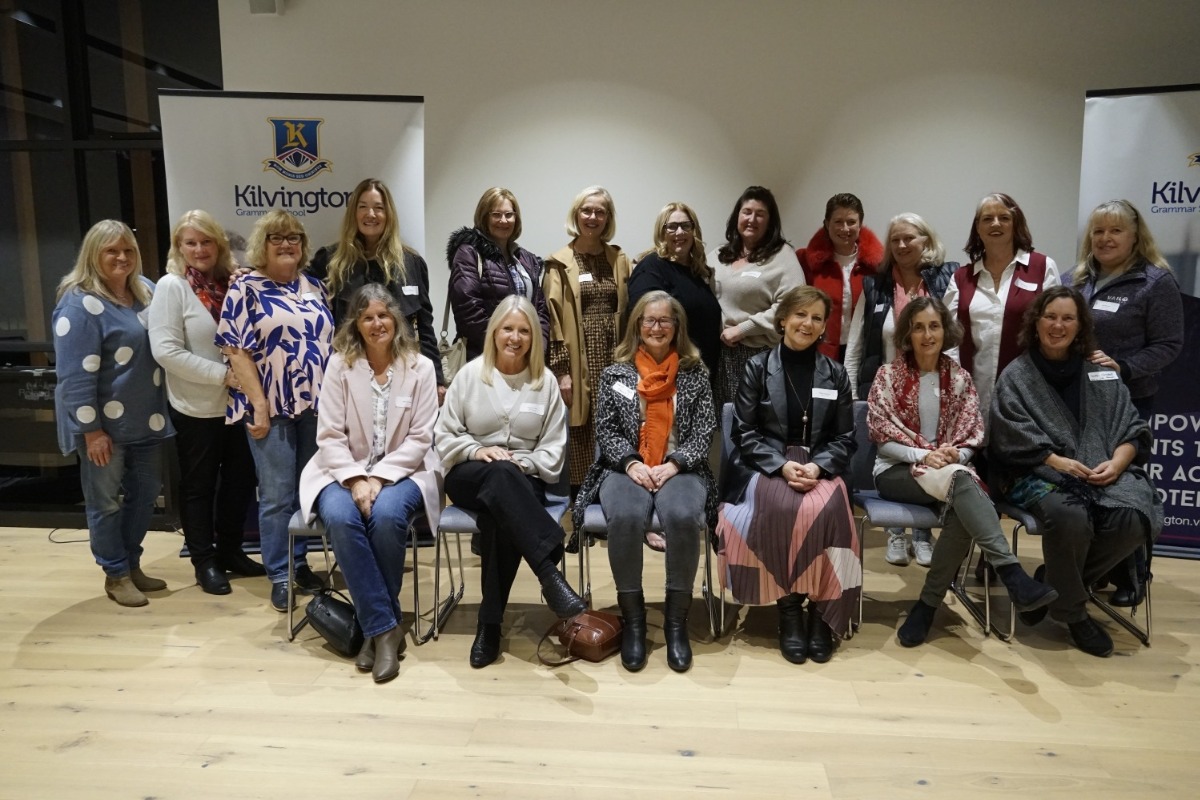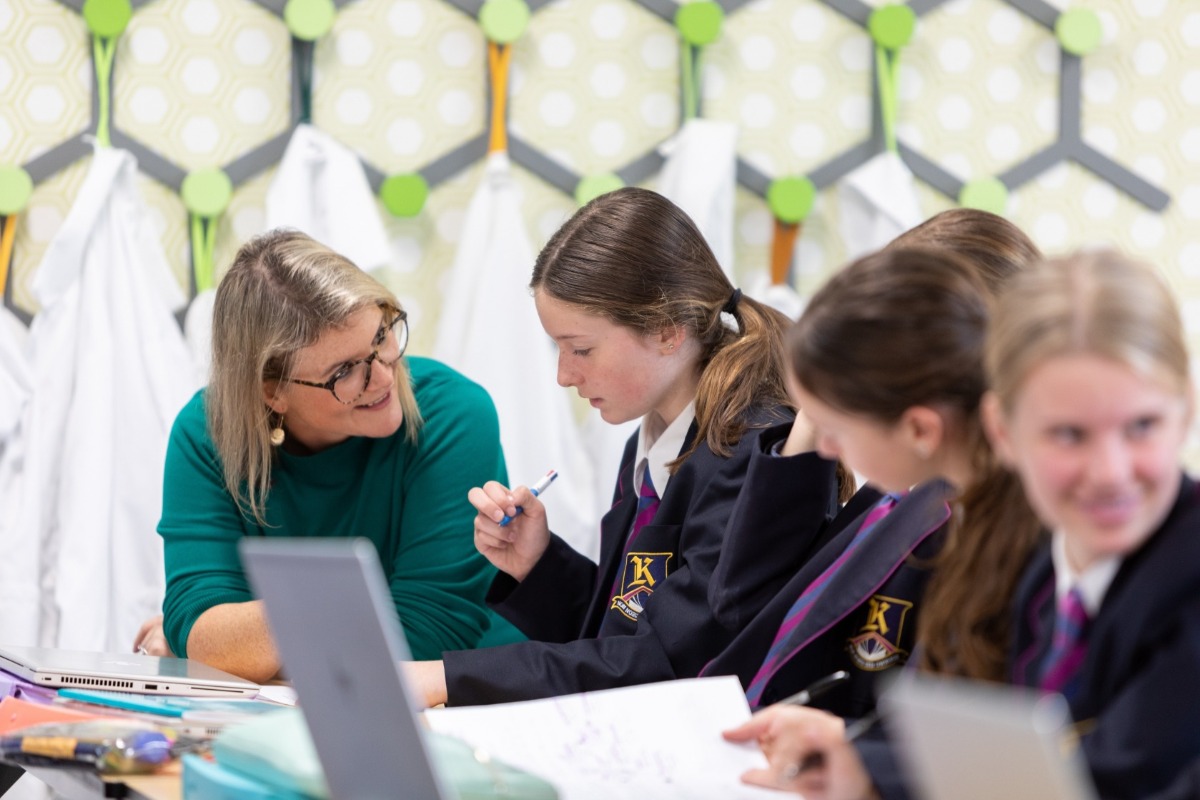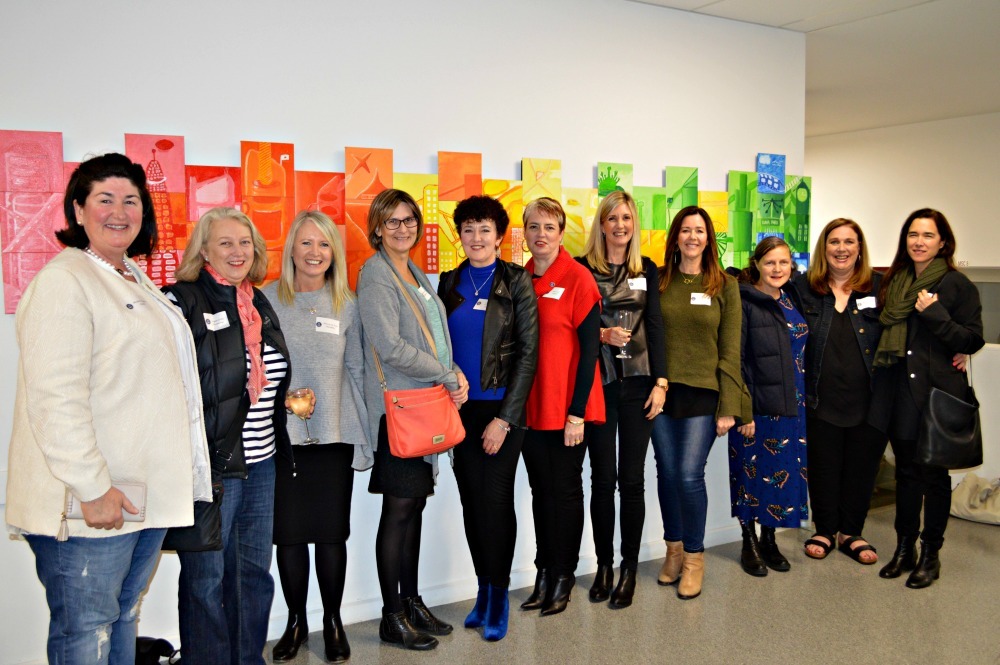Welcome to the Kilvonians
Our mission is to build a community of former students who enjoy and contribute to Kilvington's rich culture of connection, relationships and care.

Events & Reunions
We host a series of Peer Year reunions and networking events throughout the year.

Where Are They Now?
Take a look at the careers of your fellow alumni and their inspiring stories.






